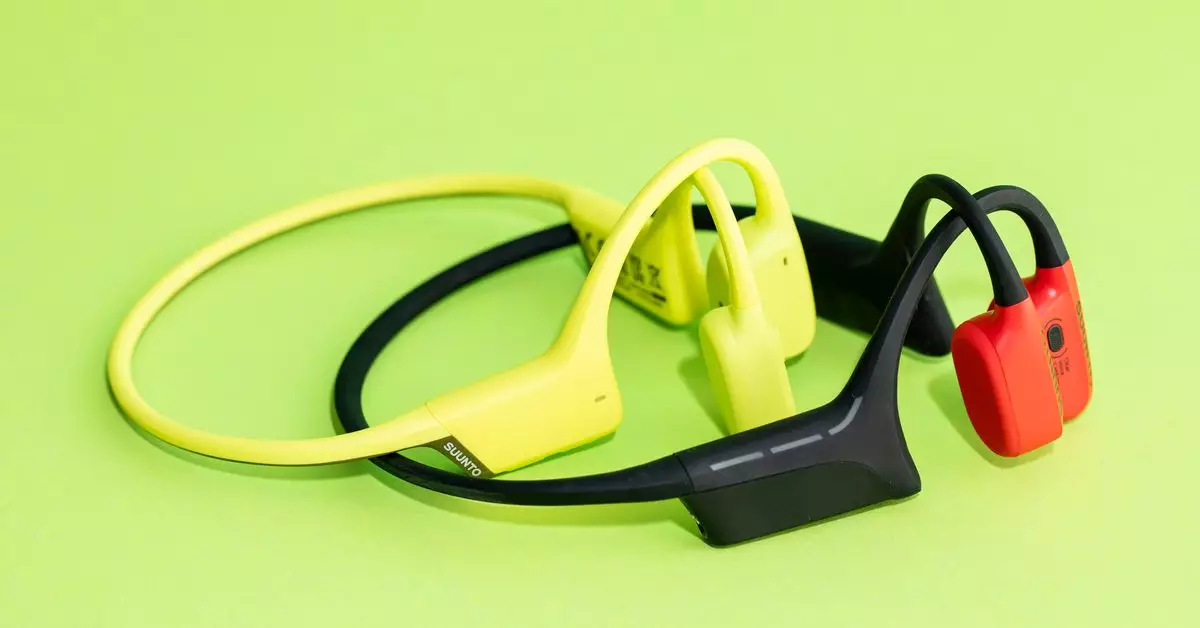As an experienced runner in the city, the idea of using noise-canceling earbuds never really crossed my mind. However, after a close call with a speeding car, I decided to test out the $199 Suunto Wing and $149 Suunto Sonic bone conduction headphones. These headphones are designed to transmit sound through cheekbones rather than the ear canal, allowing for awareness of surroundings while listening to music.
One of the biggest surprises for me was the comfort level of both the Wing and Sonic headphones. Unlike previous bone conduction headphones I had tried, these headphones were comfortable to wear, even during long runs. The wraparound design did not cause any discomfort and remained stable during physical activities. Additionally, the slim design of the headphones did not interfere with wearing glasses or headbands, unlike other open-ear headphones on the market.
While bone conduction technology may not be the best at producing deep bass, the Wing and Sonic headphones offered an improved sound quality compared to previous models. The bass may not be as robust as traditional headphones, but it was sufficient to keep me motivated during workouts. Suunto also provides various sound profiles, including an outdoor mode that emphasizes bass, enhancing the overall listening experience.
One of the drawbacks of bone conduction headphones is their performance in loud environments. The Wing and Sonic headphones struggled to deliver clear audio in noisy settings, requiring the volume to be increased significantly. This led to vibrations that could be uncomfortable, particularly when wearing the headphones for extended periods. Additionally, these headphones may not be ideal for use during races or with cheering crowds due to the limitations in sound quality.
In comparison to other bone conduction headphones on the market, such as Shokz models, the Suunto Wing and Sonic are priced on the higher end. While the Wing offers additional features like LED lighting, a power bank, and head motion controls, these extras may not justify the $50 price difference for some users. The Sonic model, with similar sound quality and comfort, may be a more cost-effective option for individuals looking for reliable bone conduction headphones.
Both the Wing and Sonic headphones offer an estimated 10 hours of battery life, with the Wing including a power bank for an extra 20 hours of charge. While this feature may be useful for long-distance runners or individuals who forget to charge their headphones frequently, the added cost may not be worth it for casual users. Additionally, the IP55 and IP67 water resistance ratings of the Sonic and Wing respectively make them suitable for sweat and rain, but not for swimming due to the lack of Bluetooth functionality underwater.
Although my experience with the Suunto Wing and Sonic headphones has given me a newfound appreciation for bone conduction technology, it has also highlighted the limitations of these devices. While the comfort, design, and improved sound quality are commendable, the struggle in noisy environments and the high price point may deter some users. For individuals seeking open-ear workout headphones with superior bass performance, alternatives to bone conduction headphones may be more suitable.


Leave a Reply